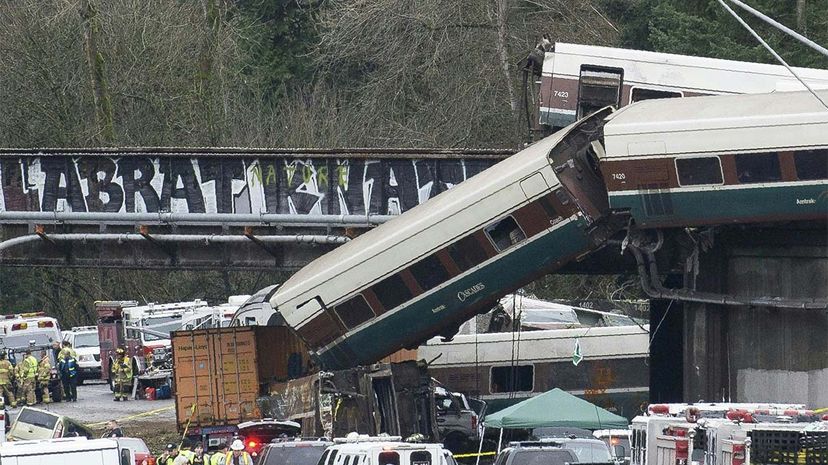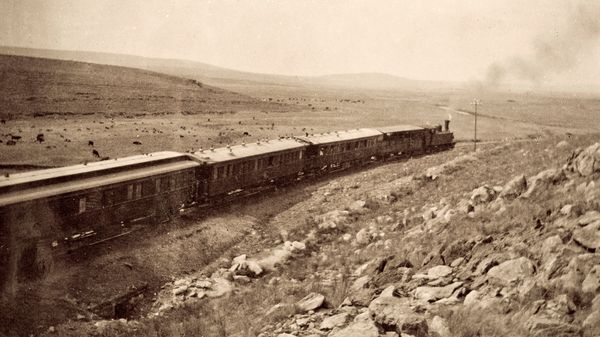
After two deadly Amtrak crashes in the past three months, are you rethinking the idea of train travel? Well don't. The spectacularly awful Amtrak accident near Tacoma, Washington, on Dec. 18, with its images of rail cars hanging from an overpass, would give the most fearless passenger a case of the jitters.
And things seemed to get worse with the deaths of two more people on Feb. 2, 2018, in another Amtrak crash in South Carolina. "It almost made me change my mind," passenger Phyllis Dunn told WTVD television station in Durham the day after the Tacoma crash. She was boarding a train in Raleigh, North Carolina and spoke to a reporter there.
Advertisement
But if she's like the rest of us, she'll get in a car without giving it a second thought. And that's pretty crazy because we are all far, far more likely to die in a car crash than a train crash.
The risk of dying in an automobile over your lifetime is actually one in 114, according to the rather morbid National Safety Council Odds of Dying Chart. (The council also includes such figures as the likelihood of dying by lighting and by legal execution.)
Trains are far safer than cars, says Allan Zarembski, professor at the University of Delaware and director of the Railroad Engineering and Safety Program. "I think people sort of ignore that," he says. "They're sort of inured to the risk of car accidents ... If you look at the number of people killed per million miles (1.6 million kilometers) of travel, it's about 20 to one" comparing cars and trains, he says.
Advertisement

